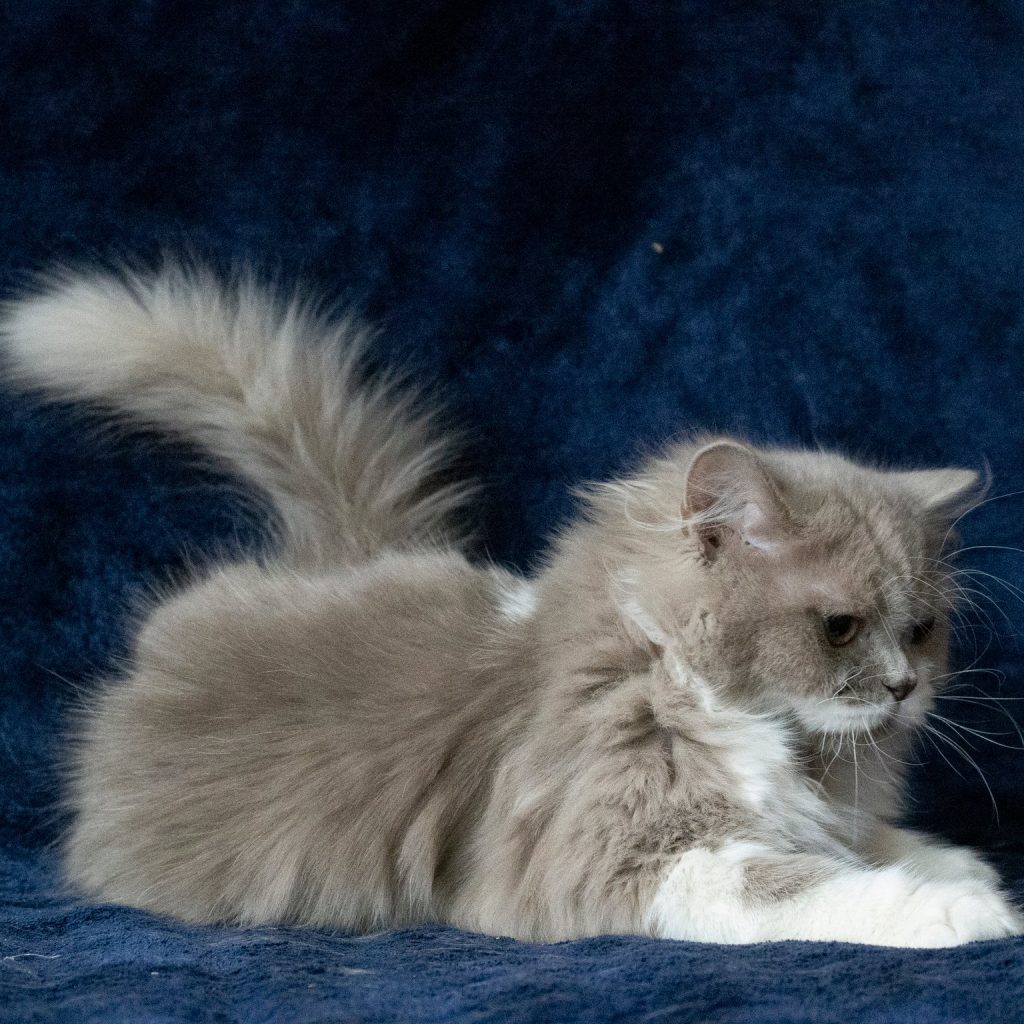Cat Tail Language Secrets: What Your Pet Is Really Telling You
Cats are mysterious creatures. While they can’t speak, their bodies reveal a lot—especially their tails. Understanding cats’ body language, particularly their tail movements, is key to unlocking how they feel and what they’re trying to communicate. In fact, a cat’s tail is one of the most expressive parts of its body and serves as a powerful communication tool. By learning to read these signals, you can gain valuable insight into your cat’s emotional state and intentions.
As a result, you’ll be better equipped to respond to their needs, strengthen your bond, and avoid misunderstandings. Whether you’re a seasoned cat owner or new to feline companionship, this knowledge is incredibly useful.
So, here’s a detailed guide to what your cat’s tail is telling you, complete with helpful visual examples to make interpretation easier.
Tail Held High
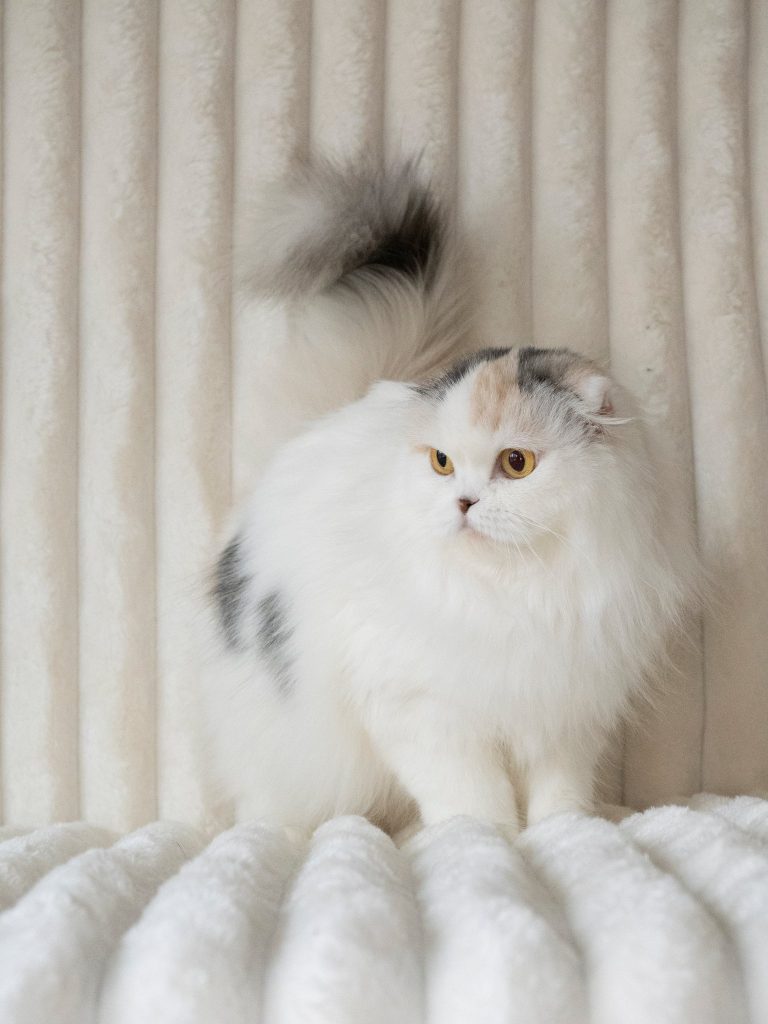
Tail Up with a Curved Tip
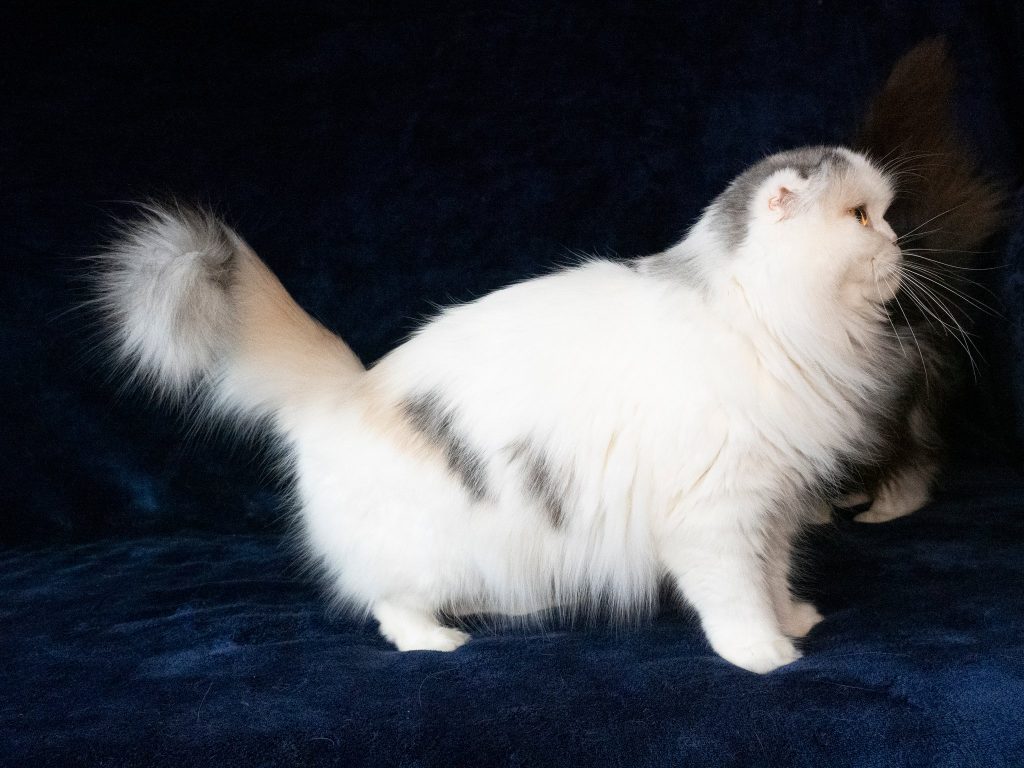
Tail Down or Tucked Under
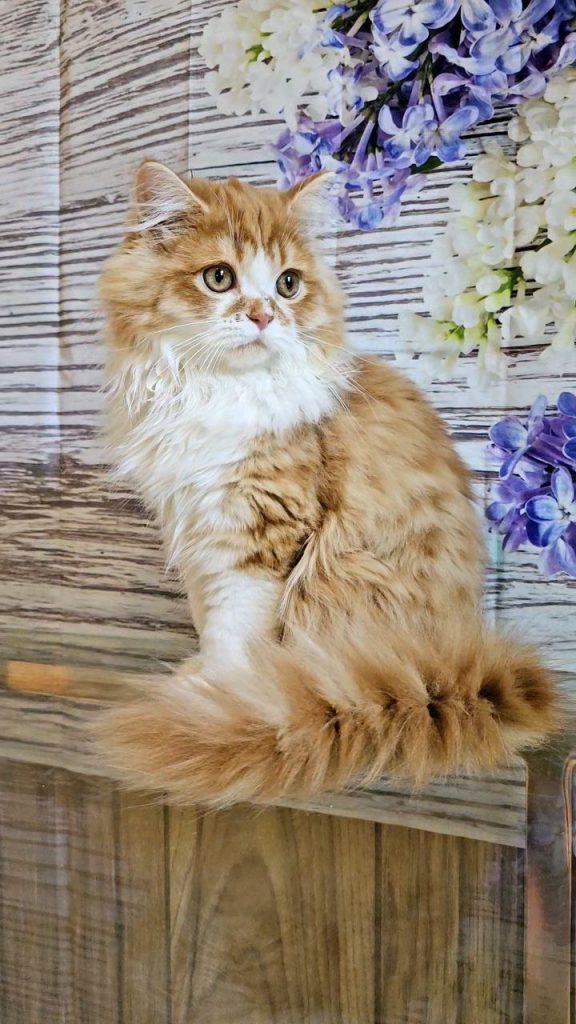
Flicking or Twitching Tail
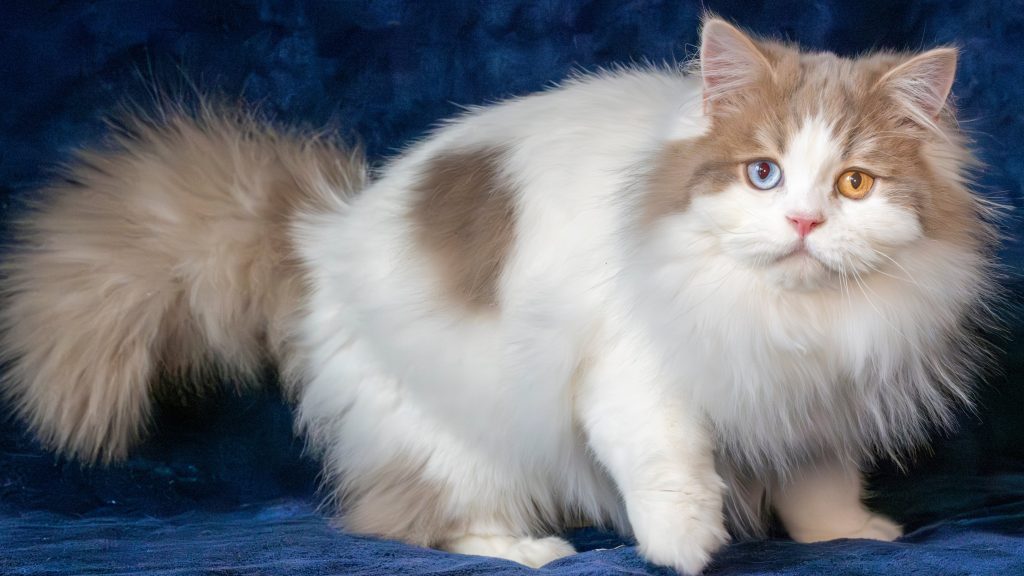
Quivering Tail
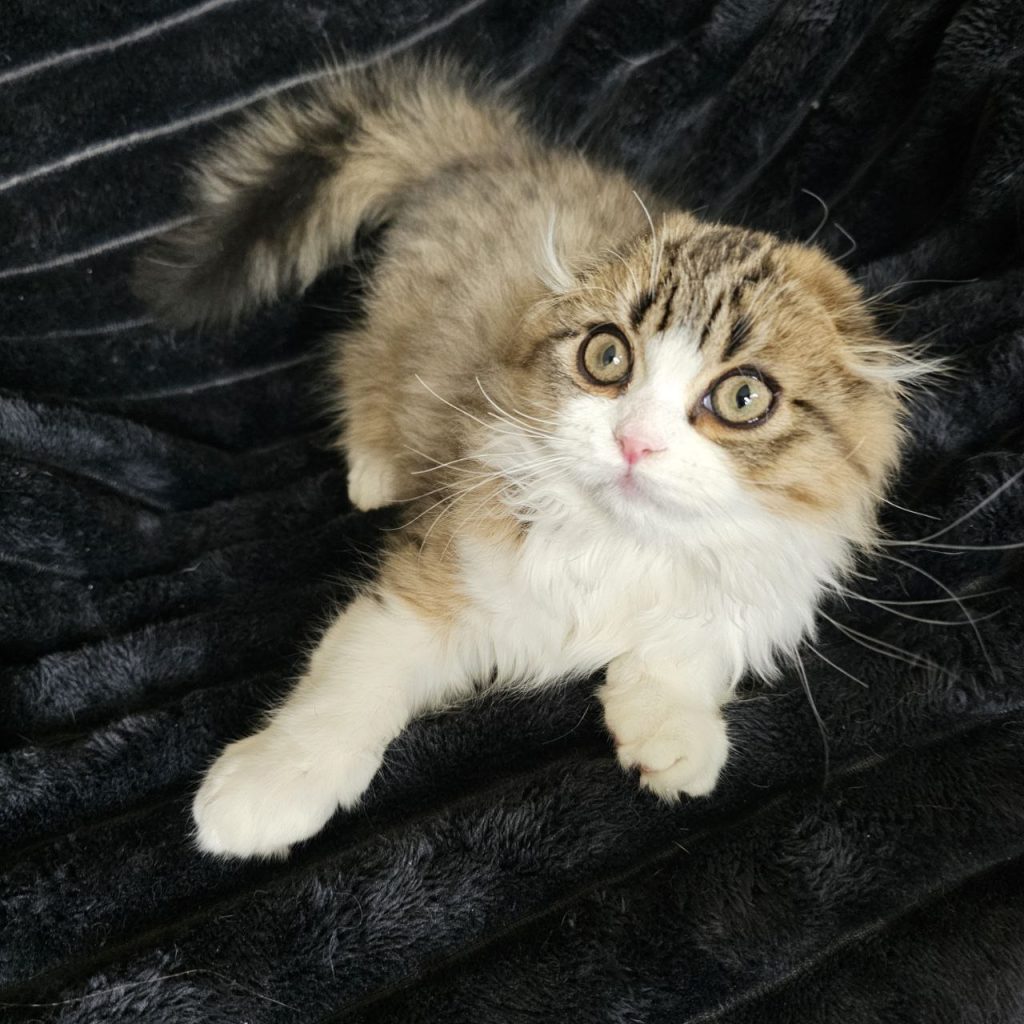
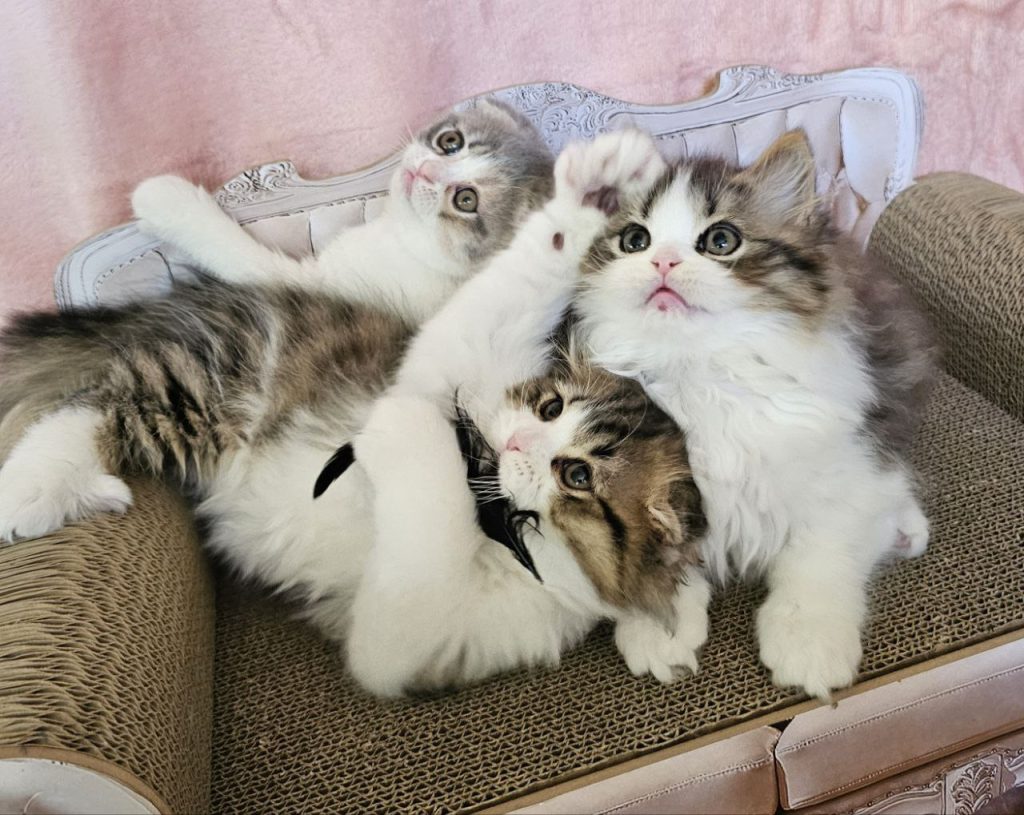
A cat’s tail isn’t just for balance—it’s a window into their mind, offering a rich source of communication. By learning to read your cat’s tail language, you gain the ability to understand their emotions and needs more clearly. As a result, this understanding fosters a deeper, more trusting relationship, allowing you to respond appropriately to your cat’s moods and desires. Whether they’re happy, stressed, or feeling playful, their tail speaks volumes.
Moreover, this skill is especially valuable for breeders, who need to observe subtle signs to ensure their cats are healthy and content. It’s equally important in multi-cat households, where clear communication is essential to avoid territorial disputes and misunderstandings. Recognizing the nuances in tail movements can help you manage different personalities and ensure harmony within the group.
In addition, next time your cat swishes, flicks, or flickers its tail, you’ll know exactly what it’s trying to convey. With this insight, you can anticipate their needs, avoid potential conflicts, and enhance the overall well-being of your cat. Ultimately, understanding your cat’s tail language can lead to a more fulfilling and harmonious relationship, filled with better communication and mutual trust.

